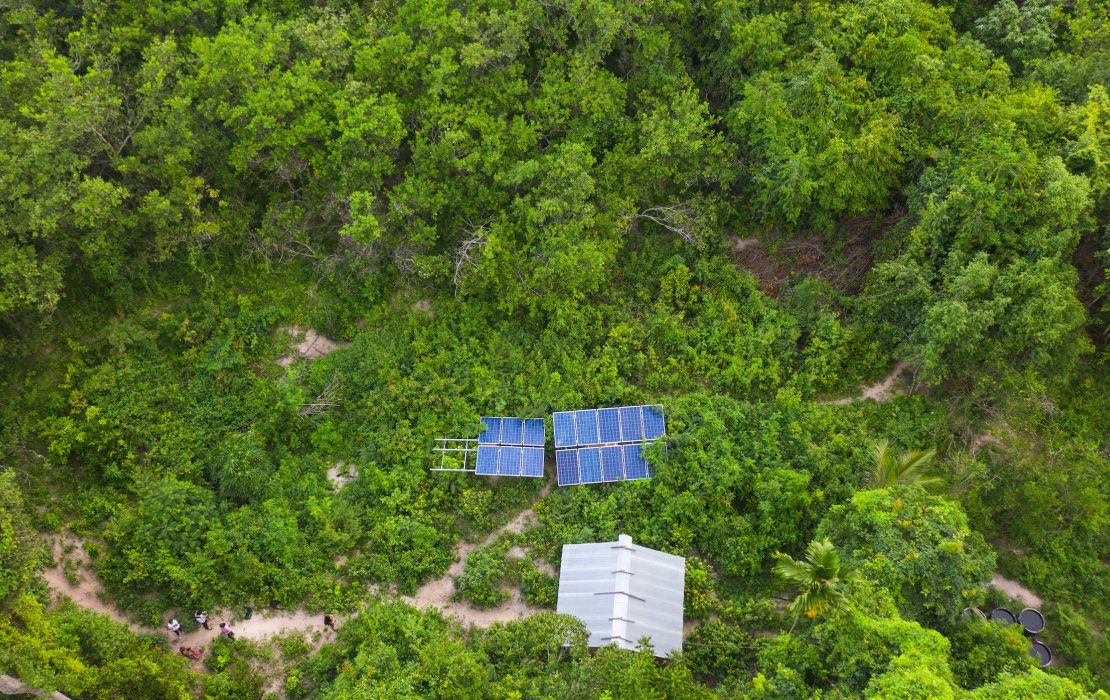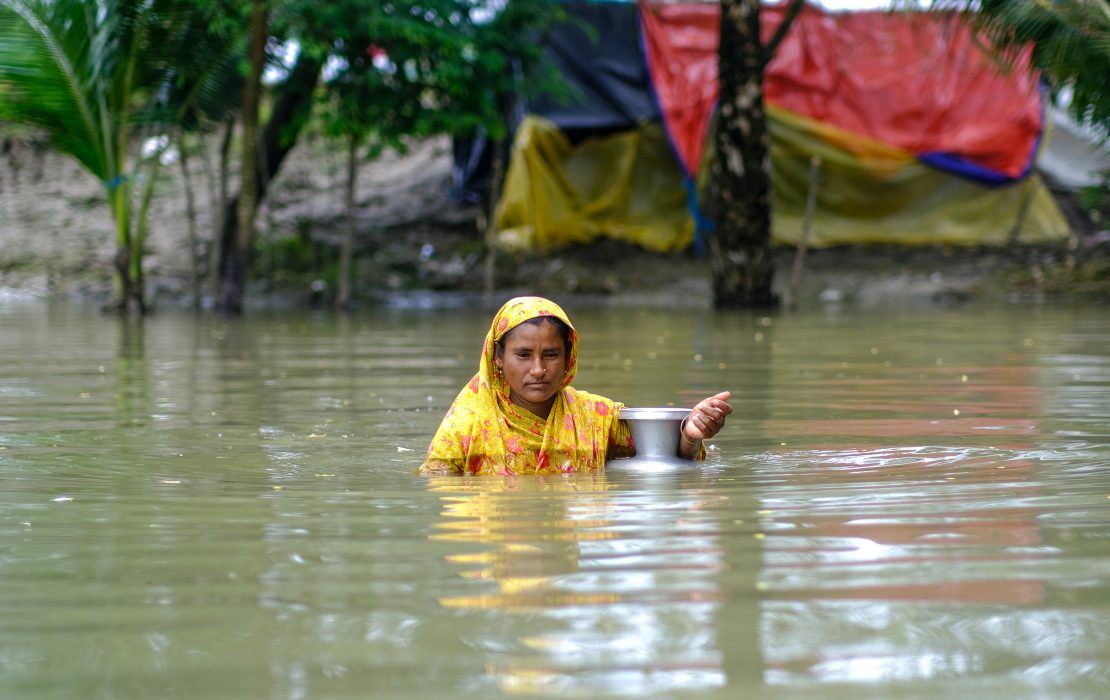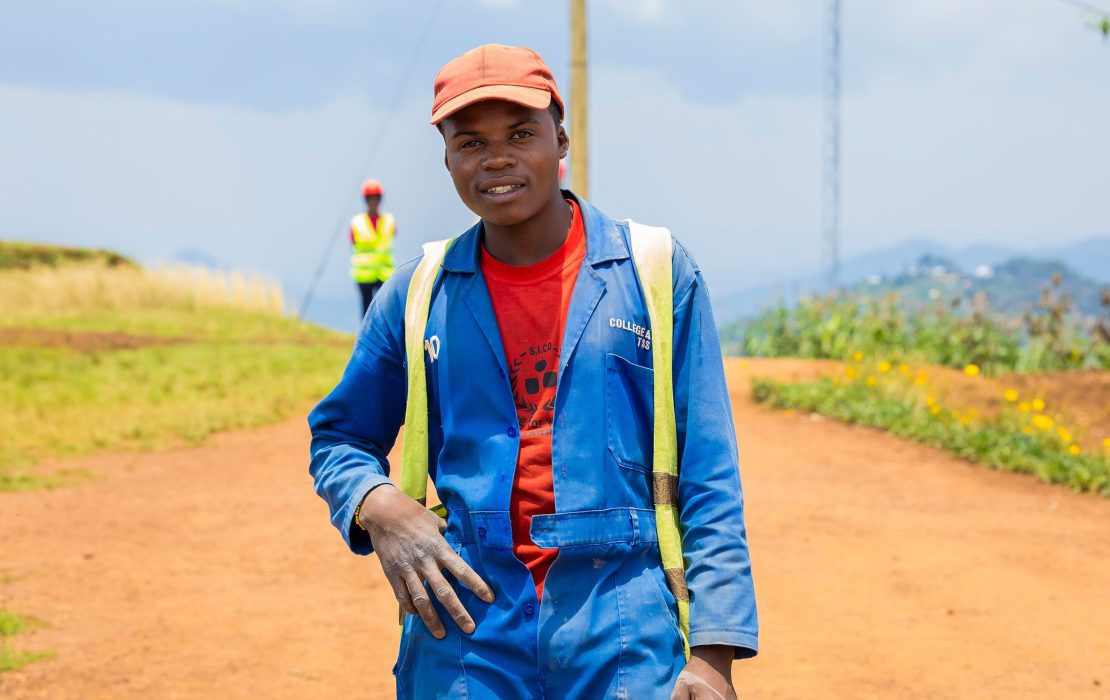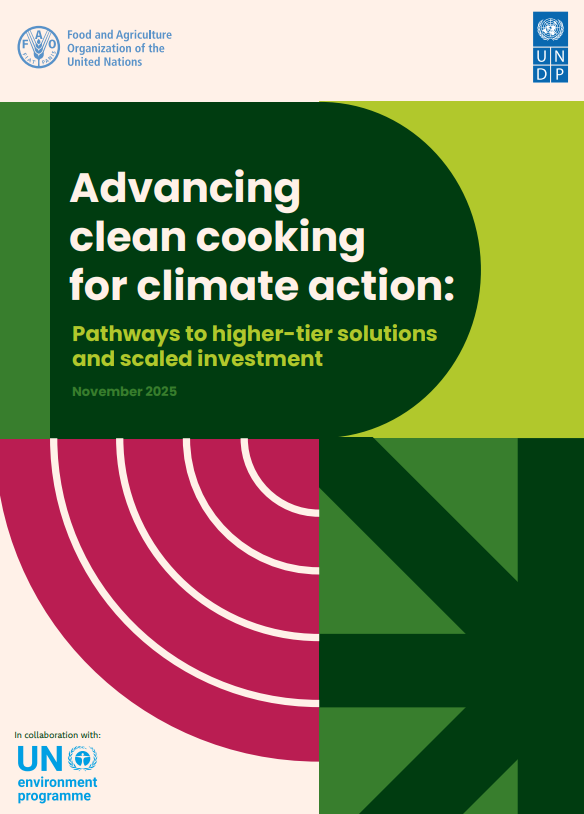0.02%
Share of global GHG emissions
Based on data from Climate Watch (CAIT 2020), developed and maintained by the World Resources Institute. #154
Climate Vulnerability Index ranking
A higher number means a higher vulnerability to climate change. Based on the ND-GAIN Index (2021), developed by the University of Notre Dame. #165
Human Development Index ranking
A lower number means a better human development score. Based on the Human Development Index (2021), developed by UNDP. NDC Status
Rwanda submitted its updated NDC in May 2020.
Key highlights from the NDC
- In its updated NDC, Rwanda increased its climate ambition by expanding the coverage of greenhouse gases included, considering revised baseline conditions and increasing the scope of adaptation actions in key sectors such as human settlement, health, transport and mining.
- The NDC aligns with the country’s Green Growth and Climate Resilience Strategy and other national policies.
- Rwanda developed sector-specific implementation plans in its NDC, including financing needs and funding mechanisms, as well as linkages with the Sustainable Development Goals.
Adaptation and resilience areas in the NDC
- Water
- Forestry and Land
- Human Settlement
- Health
- Transport
- Mining
- Energy
- Industry
- Waste
Latest Publications
See allThis report offers practical guidance on how clean cooking can be included as a priority sector in NDC preparation and implementation.




